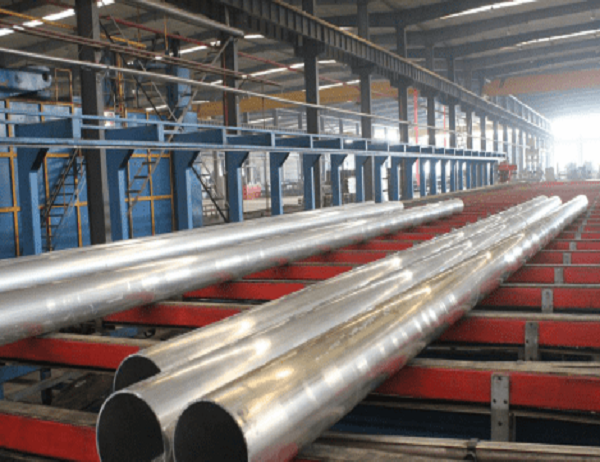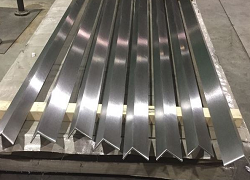In the relentless pursuit of more powerful and compact electronic devices, efficient thermal management becomes paramount. Aluminum heat sinks have emerged as a cornerstone in dissipating heat away from critical components, ensuring their stability and longevity. As technology continues to advance, the future of aluminum heat sinks promises even more innovative solutions for electronics cooling.
Increased Surface Area for Enhanced Heat Dissipation
Aluminum’s remarkable thermal conductivity makes it ideal for heat sinks. By increasing the surface area of heat sinks, more heat can be transferred from the electronic components to the surrounding environment. This can be achieved through innovative designs such as pin fins, extended fins, and folded fins, which collectively provide a larger surface area for heat exchange.
Improved Design for Optimal Airflow
Heat dissipation is greatly influenced by airflow. Future aluminum heat sinks will incorporate optimized airflow designs to maximize cooling efficiency. By incorporating aerodynamic principles, such as tapered louvers, curved vanes, and perforated surfaces, heat sinks can channel airflow more effectively, reducing thermal resistance and improving overall performance.
Integration with Advanced Materials
Collaboration with other materials can further enhance the capabilities of aluminum heat sinks. For instance, integrating thermally conductive inserts, such as copper or graphene, into aluminum heat sinks can create hybrid structures with exceptional thermal conductivity. This synergy allows for even more efficient heat dissipation from high-power electronics.
Lightweight and Compact Designs
The demand for lightweight and portable electronic devices necessitates compact heat sinks. Aluminum’s lightweight nature and high strength-to-weight ratio make it an ideal candidate for space-constrained applications. Advanced manufacturing techniques, such as extrusion, forging, and micromachining, enable designers to create complex heat sink geometries that maximize surface area without compromising weight.
Sustainable and Recyclable Solutions
Environmental concerns have become increasingly important in the electronics industry. Aluminum heat sinks offer a sustainable cooling solution due to their high recyclability. With proper recycling programs in place, aluminum can be reclaimed and reused, reducing environmental impact while conserving natural resources.
Conclusion
The future of aluminum heat sinks in electronics cooling holds immense promise for advancements in thermal management. By leveraging increased surface area, optimized airflow designs, advanced materials integration, lightweight and compact designs, and sustainable solutions, aluminum heat sinks will continue to play a vital role in dissipating heat from high-performance electronic devices. As technology evolves, these innovative solutions will ensure the reliability and longevity of critical electronic components, enabling the development of more powerful and efficient devices.



